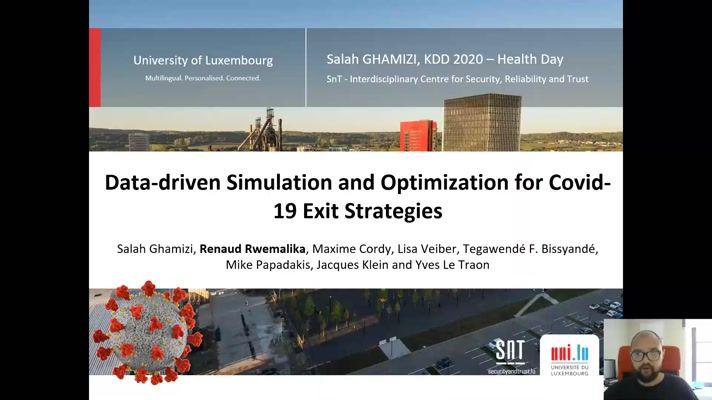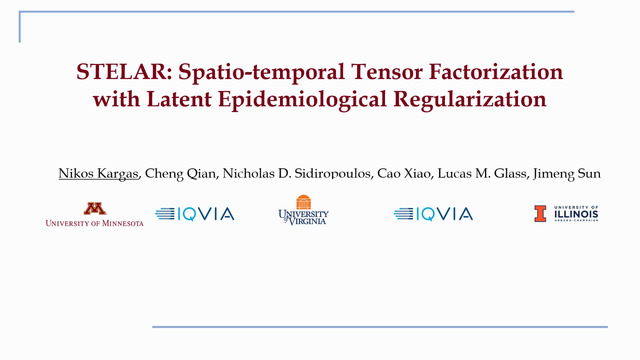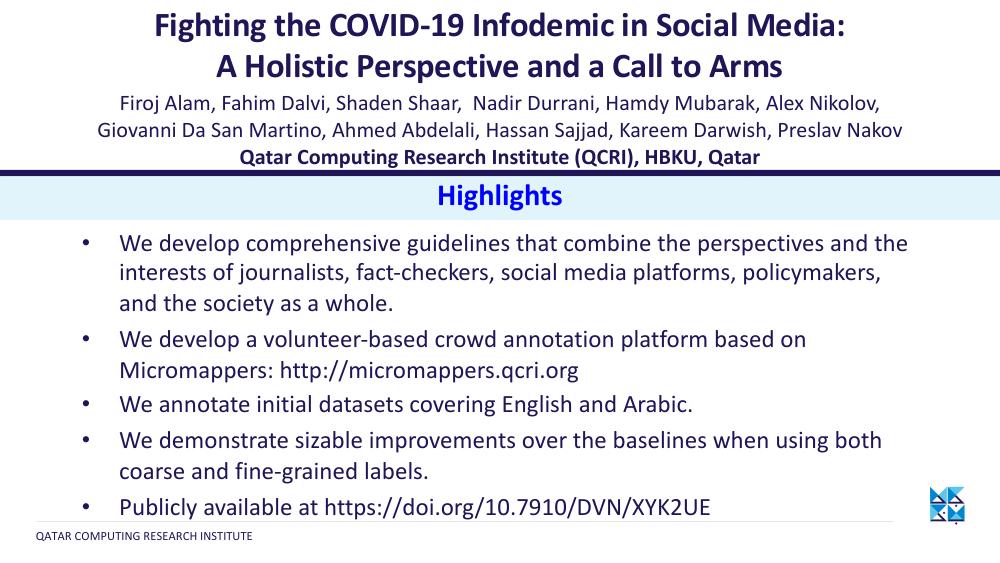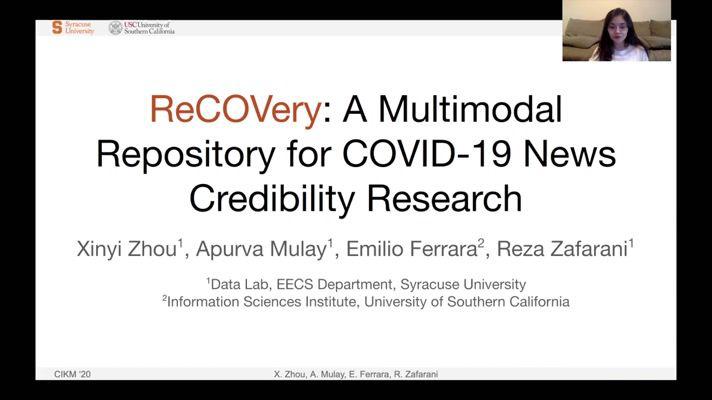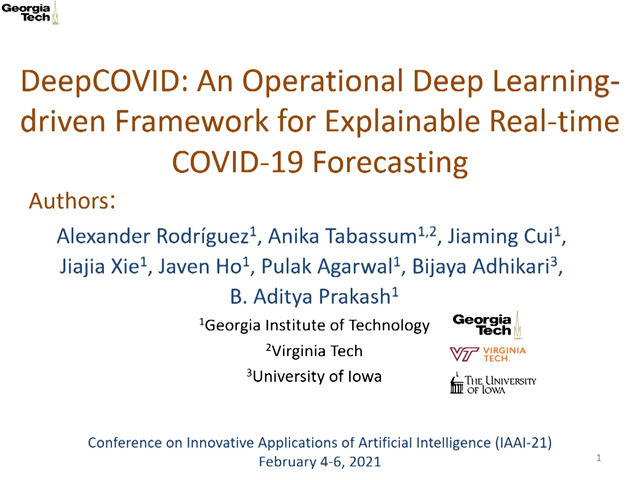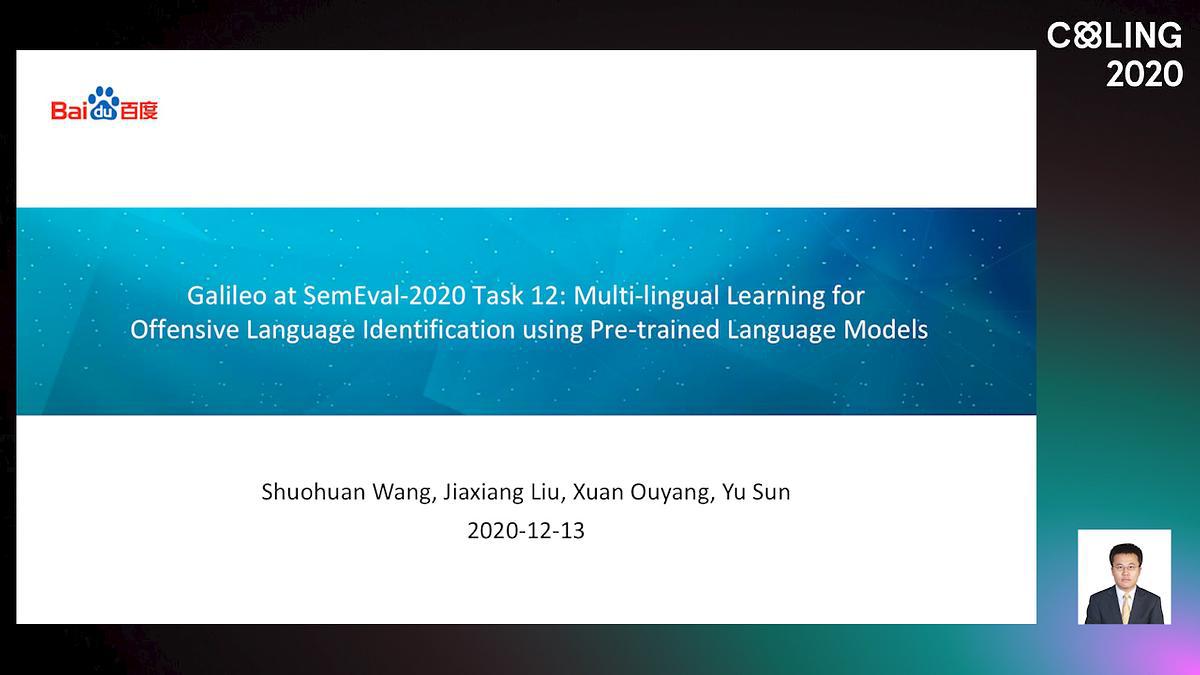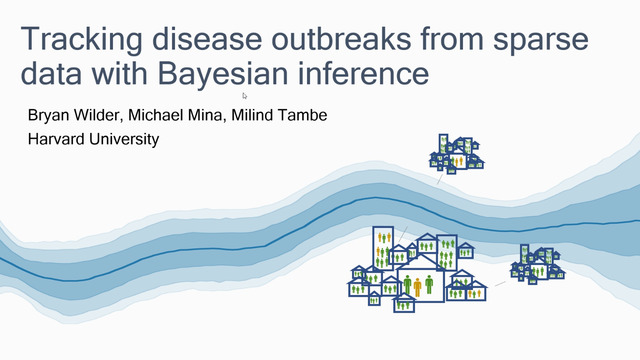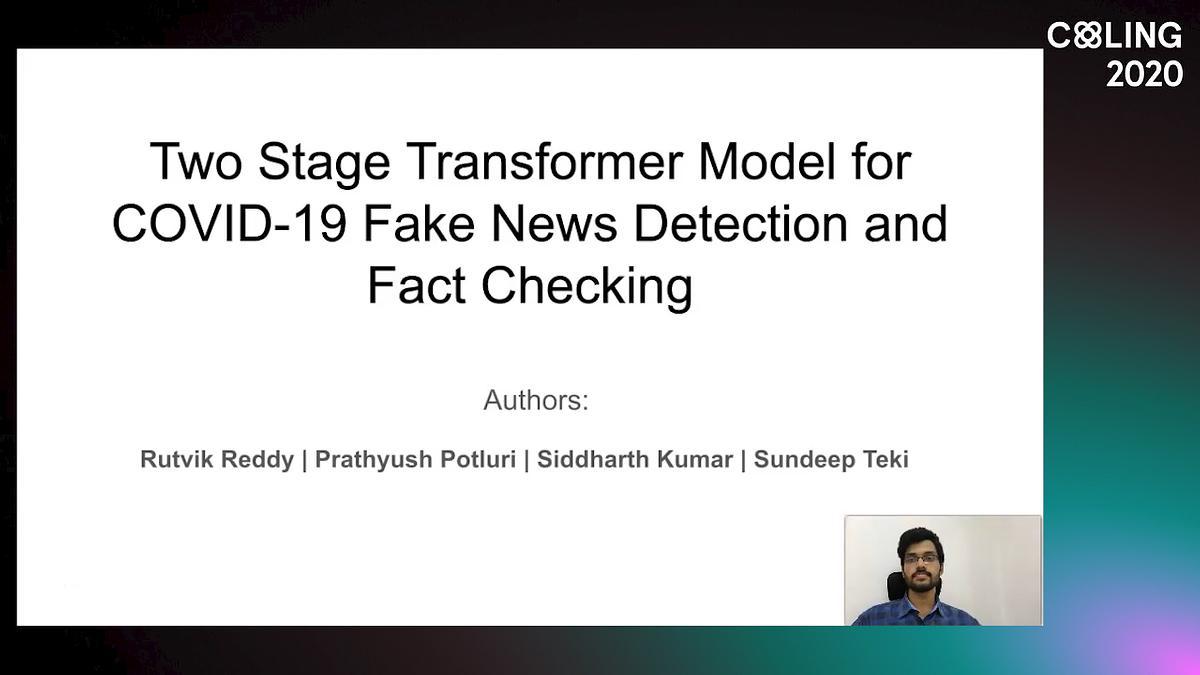Abstract:
The fast evolving and deadly outbreak of coronavirus disease (COVID-19) has posed grand challenges to human society. To slow the spread of virus infections and better respond with actionable strategies for community mitigation, leveraging the large-scale and real-time pandemic related data generated from heterogeneous sources (e.g., disease related data, demographic data, mobility data, and social media data), in this work, we propose and develop a data-driven system (named α-satellite), as an initial offering, to provide real-time COVID-19 risk assessment in a hierarchical manner in the United States. More specifically, given a location (either user input or automatic positioning), the system will automatically provide risk indices associated with the specific location, the county that location is in and the state as a whole to enable people to select appropriate actions for protection while minimizing disruptions to daily life to the extent possible. In α-satellite, we first construct an attributed heterogeneous information network (AHIN) to model the collected multi-source data in a comprehensive way; and then we utilize meta-path based schemes to model both vertical and horizontal information associated with a given location (i.e., point of interest, POI); finally we devise a novel heterogeneous graph neural network to aggregate its neighborhood information to estimate the risk of the given POI in a hierarchical manner. To comprehensively evaluate the performance of α-satellite in real-time COVID-19 risk assessment, a set of studies are first performed to validate its utility; based on a real-world dataset consisting of 6,538 annotated POIs, the experimental results show that α-satellite achieves the area of under curve (AUC) of 0.9378, which outperforms the state-of-the-art baselines. After we launched the system for public tests, it had attracted 51,190 users as of May 30. Based on the analysis of its large-scale users, we have a key finding that people from more severe regions (i.e., with larger numbers of COVID-19 cases) have stronger interests using the system for actionable information. Our system and generated benchmark datasets have been made publicly accessible through our website.





